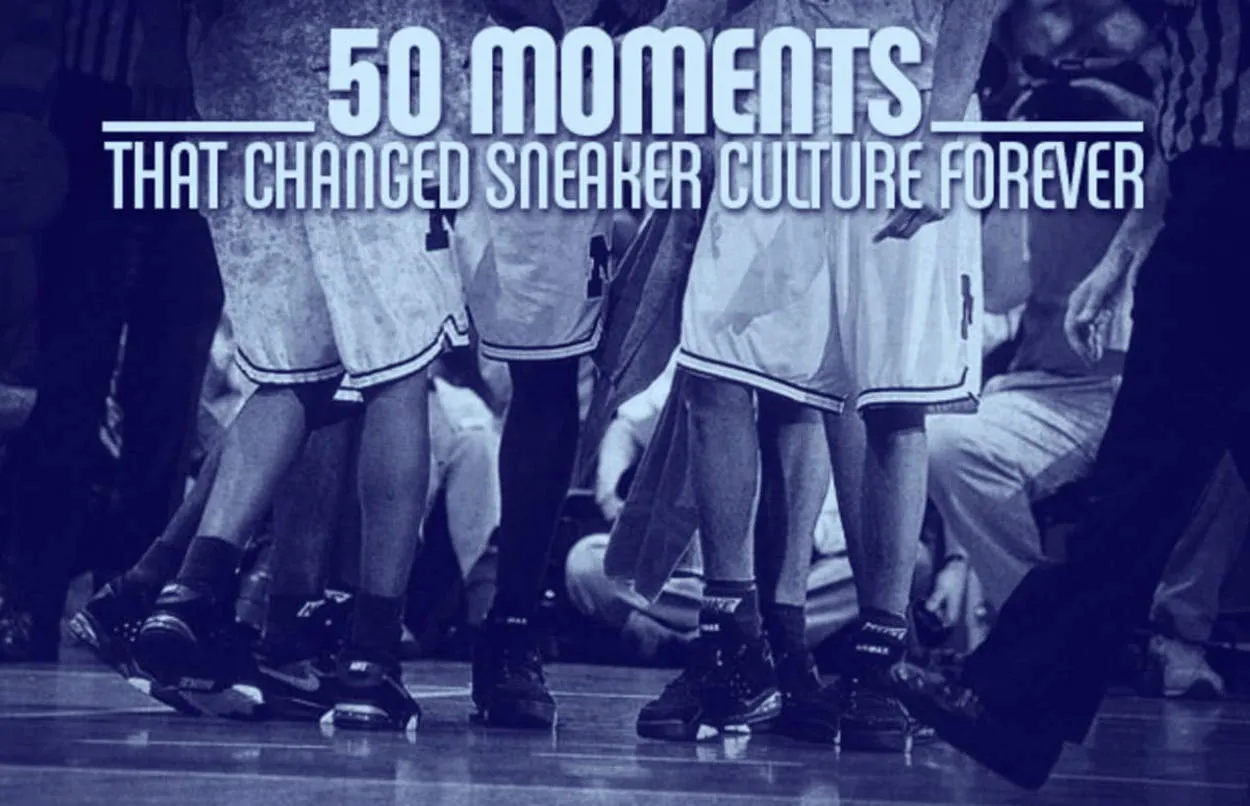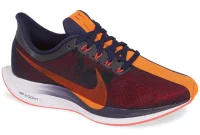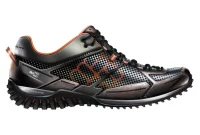Sneakerhead culture has become deeply ingrained in the world of sports, transcending the boundaries of athletic footwear. With athletes showcasing their unique sneaker collections and collaborations with top brands, the sneakerhead phenomenon has transformed into a vibrant subculture within the sports industry.
The Rise of Sneakerhead Culture
Sneakerhead culture has seen a significant rise in recent years, especially within the sports community. Sneakerheads are individuals who have a passionate obsession for collecting, trading, and wearing sneakers, often rare and exclusive ones. This subculture has grown exponentially, transforming from a niche interest to a global phenomenon.
One of the main reasons for the surge in sneakerhead culture is the influence of professional athletes. Athletes, especially those in popular sports like basketball and football, have played a pivotal role in popularizing sneaker culture. Their endorsements of specific sneaker brands and designs have created a demand and desire among fans to own the same shoes as their favorite players.
The rise of social media has also contributed to the growth of sneakerhead culture. Online platforms have provided a space for sneaker enthusiasts to connect, share, and showcase their collections. Sneaker-related hashtags, sneaker forums, and sneaker-centric websites have allowed for a sense of community and information exchange within the subculture.
Sneaker releases and collaborations have become highly anticipated events in both the sports and fashion industries. Limited-edition sneaker drops create a frenzy, with enthusiasts queuing for hours or participating in online raffles for a chance to purchase rare pairs. The scarcity and exclusivity of certain sneakers have driven the prices up, turning sneaker collecting into a lucrative market.
The impact of sneakerhead culture goes beyond footwear. It has influenced the way brands market their products, with collaborations between sports brands, fashion designers, and even celebrities becoming increasingly common. Sneaker culture has transcended its roots in sports and has become a symbol of style, identity, and self-expression.
As sneakerhead culture continues to evolve, it is clear that it has become more than just a hobby. It has become a lifestyle and a form of art. With the constant influx of new designs, limited editions, and collaborations, the sneakerhead culture shows no signs of slowing down.
Iconic Sports Shoes in History
Sneaker culture has become an integral part of the sports industry, with enthusiasts known as sneakerheads constantly searching for the most iconic sports shoes. Over the years, numerous sneakers have gained legendary status and have become symbols of athletic achievement and style. Here are a few examples of iconic sports shoes that have left a lasting impact on the sneakerhead culture:
Air Jordans
When it comes to iconic sports shoes, Air Jordans are impossible to ignore. Launched in 1984 by Nike in collaboration with basketball legend Michael Jordan, these sneakers revolutionized the industry. Air Jordans not only boasted cutting-edge performance technology but also became a fashion statement off the court. Collectors and sneakerheads continue to clamor for each new release in the Air Jordan line, making them a timeless classic.
Converse Chuck Taylor All-Stars
Originally designed for basketball in the early 20th century, Converse Chuck Taylor All-Stars transcended their athletic origins to become a cultural phenomenon. These iconic sneakers are known for their simple canvas design and distinguishable white rubber toe cap. With their timeless appeal and versatility, Chuck Taylors have become a staple in the sneaker community, cherished for their retro charm and enduring style.
Nike Air Max
The Nike Air Max series has become synonymous with visible air cushioning technology, which became the brand’s signature feature. With its unmistakable Air Max unit, this line has produced countless memorable editions since its debut in 1987. Each release pushes the boundaries of design and innovation, solidifying its position as one of the most iconic sports shoes in history.
Adidas Superstar
The Adidas Superstar has achieved legendary status not only in the sports world but also in popular culture. Originally designed for basketball, this shoe gained immense popularity when hip-hop group Run-DMC embraced it in the 1980s. The iconic shell-toe design and three stripes have made the Adidas Superstar an enduring symbol of style, making it a must-have for sneakerheads around the globe.
These are just a few examples of the countless iconic sports shoes that have shaped the sneakerhead culture over the years. Each pair represents a unique blend of performance, style, and cultural significance. Whether it’s the Air Jordans, Chuck Taylors, Air Max, or Superstars, there’s no denying the impact these sneakers have had in shaping the way we view sports shoes today.
The Resale Market for Athletic Shoes
The sneakerhead culture in sports has given rise to a thriving resale market for athletic shoes. With the increasing popularity of limited edition sneakers and collaborations between athletes and brands, enthusiasts are willing to pay exorbitant prices to get their hands on rare and coveted pairs.
This resale market has become a lucrative business for sneaker enthusiasts and entrepreneurial individuals. Online platforms and mobile applications dedicated to buying and selling sneakers have emerged, providing a convenient marketplace for both buyers and sellers.
One of the main factors driving the resale market is the exclusivity of certain releases. Sneaker companies intentionally limit the supply of certain models, creating scarcity and increasing demand. This scarcity not only drives up the price but also adds to the appeal and prestige of owning these sought-after sneakers.
Sneakerheads are constantly monitoring release dates and engaging in demanding processes such as raffles and online drops in order to secure their desired pair. However, due to the limited supply and overwhelming demand, many enthusiasts are left empty-handed, prompting them to turn to the resale market.
The resale market for athletic shoes operates on a supply and demand basis. Rare and highly sought-after sneakers can fetch prices significantly higher than their original retail price. Some pairs even appreciate in value over time, making them highly attractive as investment pieces.
Although the resale market has its advantages, it has also faced criticism. Critics argue that it promotes hype and consumerism, often leading to inflated prices and exclusionary practices. Despite the controversy, the resale market continues to thrive, driven by the passion and dedication of sneaker enthusiasts worldwide.
In conclusion, the resale market for athletic shoes has become an integral part of sneakerhead culture in sports. It offers enthusiasts a chance to acquire rare and coveted sneakers, though at a premium. The market’s growth and significance highlight the influence and impact the sneakerhead culture has on the sports industry.
Collaborations Between Brands and Athletes
In the world of sports and sneaker culture, collaborations between brands and athletes have become increasingly popular and influential. These partnerships offer a unique opportunity for both parties to leverage their respective strengths and create products that resonate with fans and consumers. From basketball to football, and from running to skateboarding, collaborations have become a driving force in the sneaker industry.
1. Increasing Brand Visibility
Collaborations between brands and athletes allow for increased brand visibility and recognition. Athletes, being public figures, have a significant following and fan base. By associating their names with a particular brand, they help to promote and bring attention to the products. This not only benefits the brand by increasing its exposure but also helps the athletes further establish and expand their personal brand image.
2. Connecting with the Target Audience
Brands often collaborate with athletes who have a strong connection with their target audience. Whether it’s a professional basketball player teaming up with a sports brand or a skateboarder collaborating with a streetwear label, these partnerships create an authentic bond between the brand and its desired consumer base. By tapping into the athlete’s lifestyle, interests, and experiences, brands can better relate to their target audience and create products that resonate with them.
3. Driving Innovation and Design
Athletes possess unique insights into the specific requirements and demands of their respective sports. Collaborating with brands allows them to provide input and shape the design and functionality of the products they endorse. Their expertise helps to drive innovation, resulting in sneaker designs that cater to the specific needs of athletes while also appealing to consumers who want to wear high-performance and stylish footwear.
4. Creating Limited Edition and Exclusive Releases
Collaborations often result in limited edition and exclusive sneaker releases. These special editions generate hype and exclusivity, attracting sneaker enthusiasts and collectors alike. Limited quantities and unique design elements make these sneakers highly sought after and can significantly increase brand desirability and demand.
5. Fueling Sneakerhead Culture
Collaborations between brands and athletes play a pivotal role in fueling the sneakerhead culture. Sneakerheads, avid collectors and enthusiasts of sneakers, eagerly anticipate these partnerships and the unique designs they produce. The buzz and excitement surrounding these collaborations contribute to the thriving subculture of sneaker enthusiasts and create a sense of community amongst fans.
Customizing Your Own Sports Sneakers
Are you a sneaker enthusiast who loves customizing your own sports sneakers? If so, you’re not alone. The sneakerhead culture in sports has gained immense popularity in recent years, with more and more people showcasing their unique style through personalized sneakers.
Express Your Individuality
Customizing sports sneakers allows you to express your individuality and stand out from the crowd. Whether you’re a professional athlete or just a fan, custom designs can showcase your personality and passion for the game. You can choose colors, patterns, and even add your name or logo to create a personalized masterpiece.
Unleash Your Creativity
Customization offers a platform for artistic expression and creativity. It allows you to experiment with various materials, techniques, and designs to create something truly one-of-a-kind. From painting and airbrushing to adding unique textures, the possibilities are endless when it comes to customizing your sports sneakers.
Support Your Favorite Team
Customizing sports sneakers is also a great way to show support for your favorite team. You can incorporate team colors, logos, or even player numbers into your design. By wearing your personalized sneakers, you can proudly display your loyalty and passion for your team.
Connect with the Sneaker Community
Customizing sports sneakers not only allows you to express yourself but also connects you with the broader sneaker community. Through social media platforms, you can share your creations, get feedback, and connect with fellow sneaker enthusiasts. This sense of belonging and shared enthusiasm adds to the overall allure of the sneakerhead culture in sports.
In conclusion, customizing your own sports sneakers is an exciting way to showcase your individuality, unleash your creativity, support your favorite team, and connect with like-minded sneaker enthusiasts. So, why wait? Start customizing and take your love for sneakers and sports to a whole new level!
Conclusion
The sneakerhead culture is deeply intertwined with sports, reflecting the passion and devotion of fans. Sneaker enthusiasts not only collect iconic shoes but also celebrate the stories behind them. From the basketball courts to the fashion runways, sneakers have become a symbol of personal style and a way to express one’s love for sports. The sneakerhead culture continues to grow, bridging the gap between sports and fashion.




